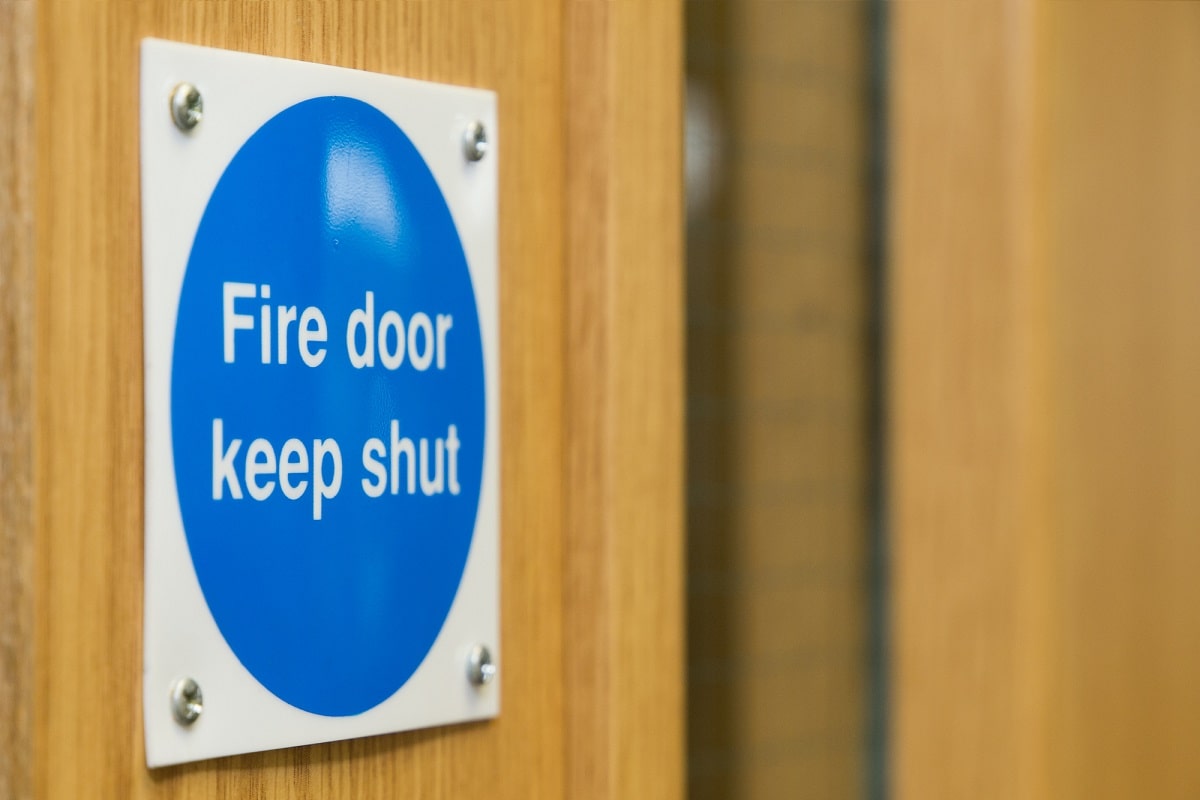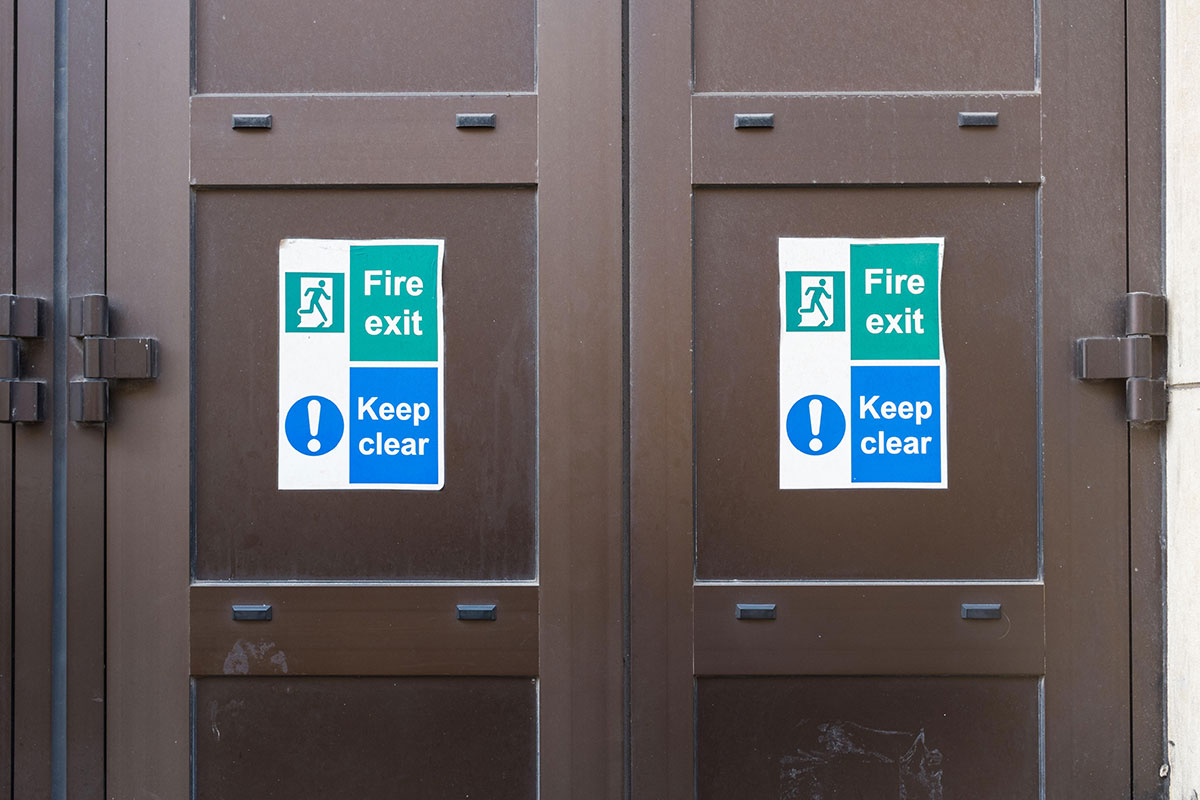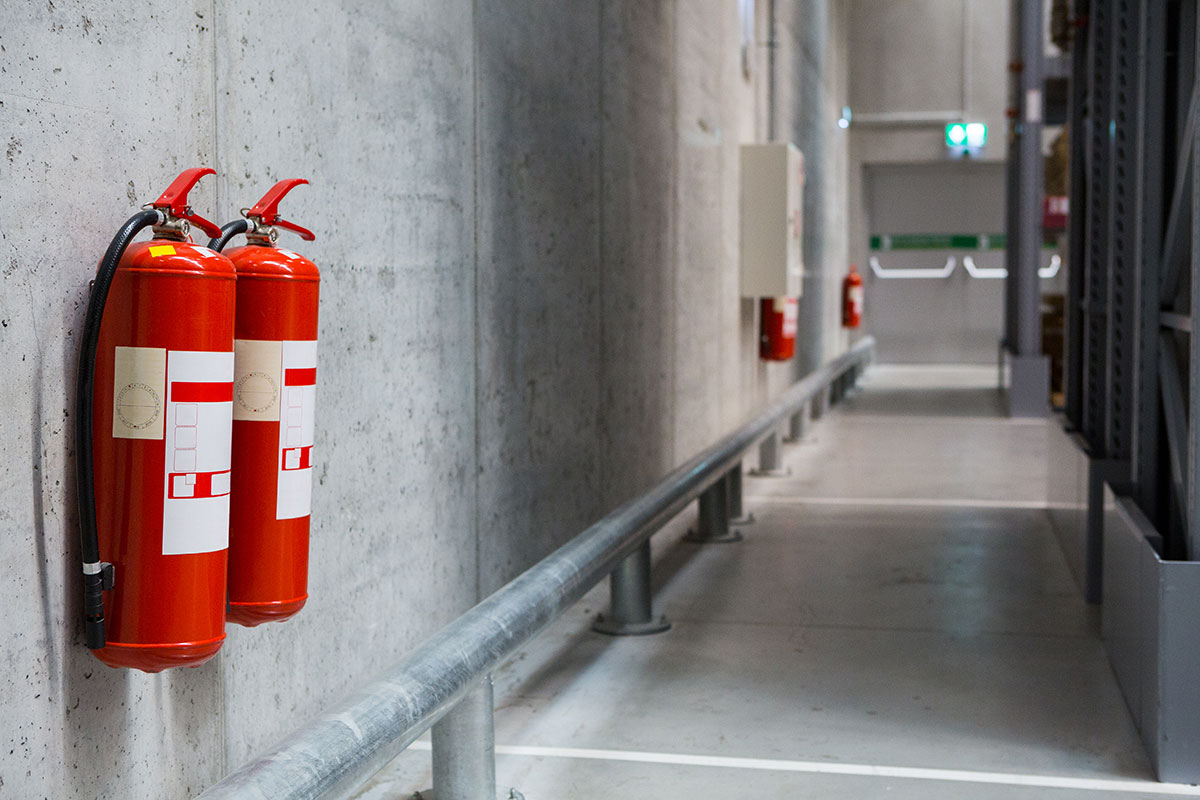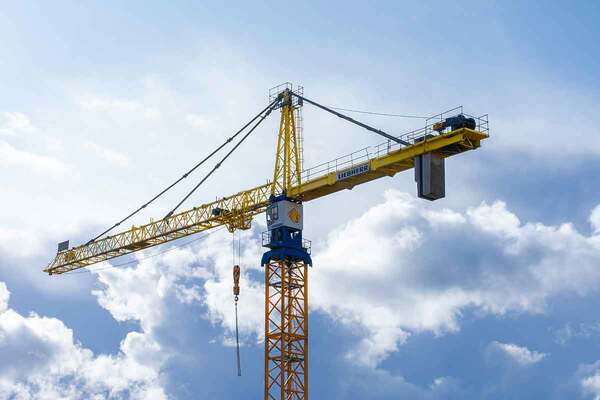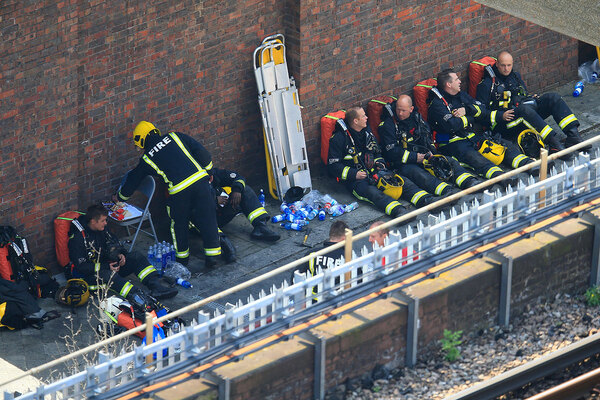You are viewing 1 of your 1 free articles

Mark Foxcroft and Lee Russell are partners at Devonshires
Social landlords must be prepared for new regulations on flat entrance fire doors
New regulations are set to come into force that require regular checks on millions of fire doors. The sector must prepare now to be ready for this work, write Mark Foxcroft and Lee Russell
The recent closing of the Grenfell Tower Inquiry provided yet another stark reminder of the importance of fire safety and the regime change that the government has already began putting into action.
Landlords and building owners generally have had to grapple with a raft of guidance, statutory tightening and regulatory change over the past few years.
The latest step change is brought about by the Fire Safety (England) Regulations 2022, which will affect all building owners and managers, including social landlords.
The regulations, which come into force on 23 January, feature a host of additional obligations and duties on building owners and managers.
One of which includes a new express legal duty to carry out annual safety checks on all fire doors at the entrances of individual domestic premises (ie individual front entrance doors) in buildings taller than 11 meters with two or more properties.
The requirements also require fire doors within communal areas to be checked every three months.
The checking of fire doors is just one of several new duties being introduced, but the significance of this cannot be overstated.
First, given the importance of ensuring the safety of fire doors, which remains paramount, but also because of the significant amount of work involved in setting up the required processes to ensure compliance moving forwards.
It has been estimated that more than 2.3 million flat front entrance doors will need to be assessed every year. This will be a new challenge to building owners and managers. It will see them implement the relevant processes and procedures to ensure that the regulations are complied with and to ensure the same can be sufficiently evidenced.
“Being prepared is essential. The time and resources needed to put in place an annual checking system will not be something that can be done overnight”
So, what do housing providers need to know and how can they prepare for the new regulations?
Although the regulations come into force in January, housing associations will have a year to carry out the checks.
That said, building owners and managers should not delay. The task ahead is certainly not insignificant, therefore planning for this should start now.
The process of an annual checking regime will be very similar to the gas safety regime, so we expect to see a similar amount of administration, albeit some of the requirements will only be relevant for buildings taller than 11 metres in height.
As always, being prepared is essential. The time and resources needed to put in place an annual checking system will not be something that can be done overnight.
The first key step will be to ensure that the correct policies and processes are in place. Working out who should be responsible for the checks, particularly where buildings have complex legal and management structures, will not always be straightforward.
Ensuring that there is a dedicated team that has a clear procedure to follow, in compliance with the regulations, is something that should be put together without delay.
Social landlords will need to work out who is going to carry out the inspections, when the inspections will be undertaken, what the inspections should cover, what to do when the check identifies issues and how those issues should be addressed, to name just a few. This is all alongside ensuring that steps are properly documented and evidenced in a robust and secure data management system.
While the guidance suggests a specialist will not be needed to carry out the checks envisaged by the regulations, they are plainly going to require a level of competence and knowledge that social landlords will need to ensure they have to undertake meaningful and informed compliance.
While some may well already have the required technical experience and well-resourced building safety teams that will be able to carry out this work, others are going to have to find the people to do it. The regulations include a requirement to check the self-closing devices, too.
As ever, communication should be at the heart of compliance with the new regulations.
First, the regulations include some specific steps that require communication to those whose homes are contained within buildings of all heights. For example, the requirement for certain fire safety instructions and information to be provided to all residents (and any new resident) along with specific instructions and information about fire doors, too. This includes providing that information communally and individually.
Social landlords will also need to consider what processes to put in place where access may not be achieved and consider what steps they need to take to get access to carry out the checks. Further guidance is expected from the government.
Given the importance of annual checks as a potentially lifesaving requirement, the sector will want to ensure it does everything possible to achieve full compliance from the outset.
Those that get their policies and processes in place ahead of January are going to find carrying out the checks, and thereby ensuring compliance with the regulations, a great deal easier.
Lee Russell and Mark Foxcroft, partners, Devonshires
Sign up for our fire safety newsletter
Already have an account? Click here to manage your newsletters
